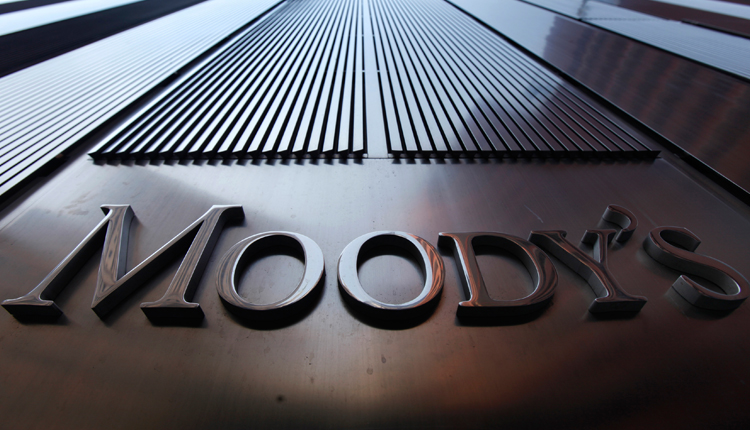Moody’s Investors Service upgraded its outlook of the Egyptian banking system to positive from stable.
Moody’s said this outlook has come as economic growth picks up, supporting credit growth, banks’ profitability and internal capital generation.
“The positive outlook also reflects the strong links between the banks and the government of Egypt (B3 positive), improving credit profile,” Moody’s said in a report.
“This is due to the large exposure that Egypt’s banks have to the country’s government through investments in securities and loans, which stood at 40 percent of total banking system assets as of June 2018,” it added.
The improving operating environment followed by the implementation of structural reforms that put the country on a path of sustainable and inclusive growth were the key drivers of Moody’s positive outlook, according to the report.
Egypt embarked on a bold economic reform program that included the introduction of taxes, such as the value-added tax (VAT), and cutting energy subsidies, with the aim of trimming the budget deficit. The country floated its currency in November 2016 before it clinched a $12 billion loan from the International Monetary Fund (IMF).
The report entitled, “”Banking system outlook: Egypt-Accelerating economy and strong loan demand drive our positive outlook” expected Egypt’s real gross domestic product (GDP) to record 5.5 percent in 2019, up from 4.2 percent in 2017, noting that ongoing economic and fiscal reforms will slowly nudge GDP higher.
“Increased domestic private sector investment, large infrastructure projects, as well as higher exports will drive economic growth and credit demand”, Moody’s Assistant Vice President Melina Skouridou said.
The report forecasted loan quality to remain stable as new lending is tested, expecting the formation of non-performing loans (NPL) to remain steady, and the NPL ratio to remain broadly unchanged from current levels of around 4.5 percent of total loans as of March 2018, as the improvement in asset quality from legacy exposures dwindles.
As per profitability, Moody’s said it will remain strong, as rising fees and commissions on new lending will support banks’ pre-provision profit. Loan-loss provisioning will be broadly stable for rated banks.
“Egyptian banks’ capital buffers will improve only modestly as internally generated capital finances loan growth,” the report stated. “The largest Egyptian banks all exceed their regulatory minimum capital requirement, but their capital position is weaker than global peers. Banks’ capital will improve modestly under Moody’s base-case scenario but is more vulnerable under the rating agency’s high-stress scenario due to losses assumed on government securities.”
Moody’s further anticipated the banks’ funding and liquidity profiles to stay strong.
It clarified that the two largest government-owned banks, National Bank of Egypt SAE and Banque Misr SAE, have increased their market funding significantly, but their large liquidity buffers already offset refinancing risk. It added that Egyptian banks will maintain high levels of liquid assets to ensure coverage of liquidity needs and deposit movements, saying that stable deposit funding and low loan-to-deposit ratios also support liquidity.
Source: Egypt Today


